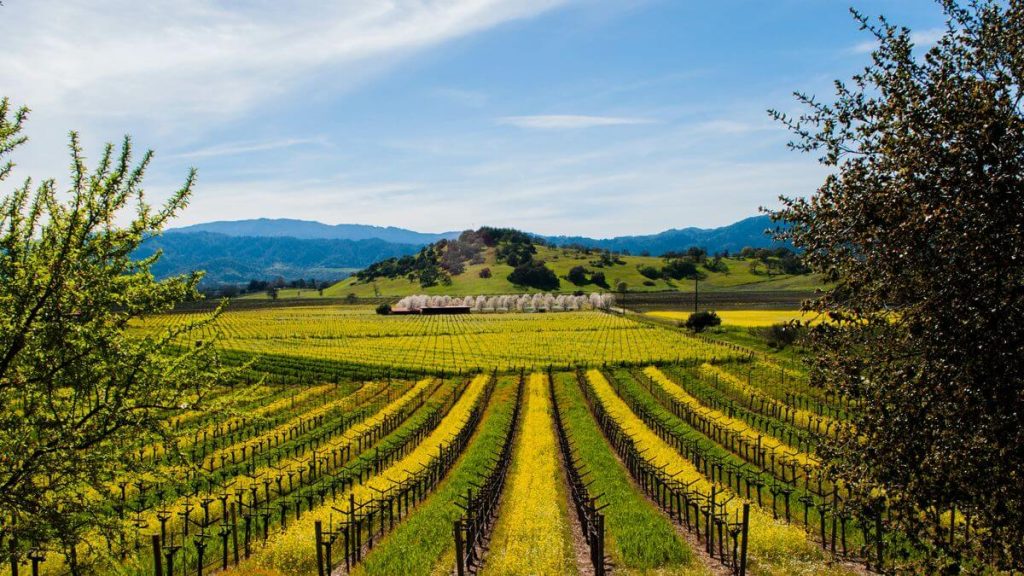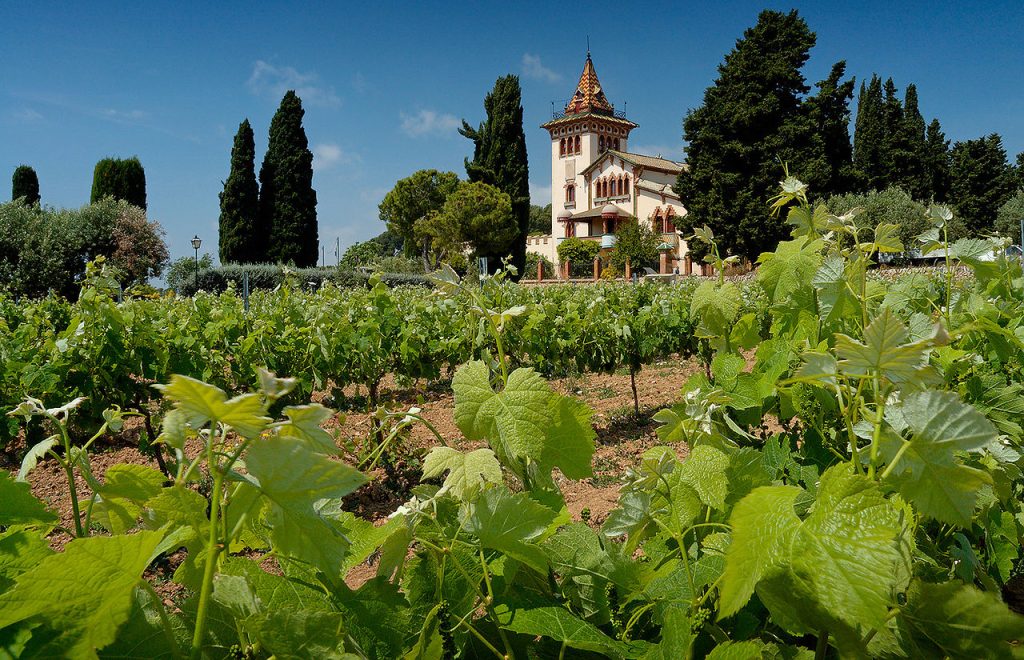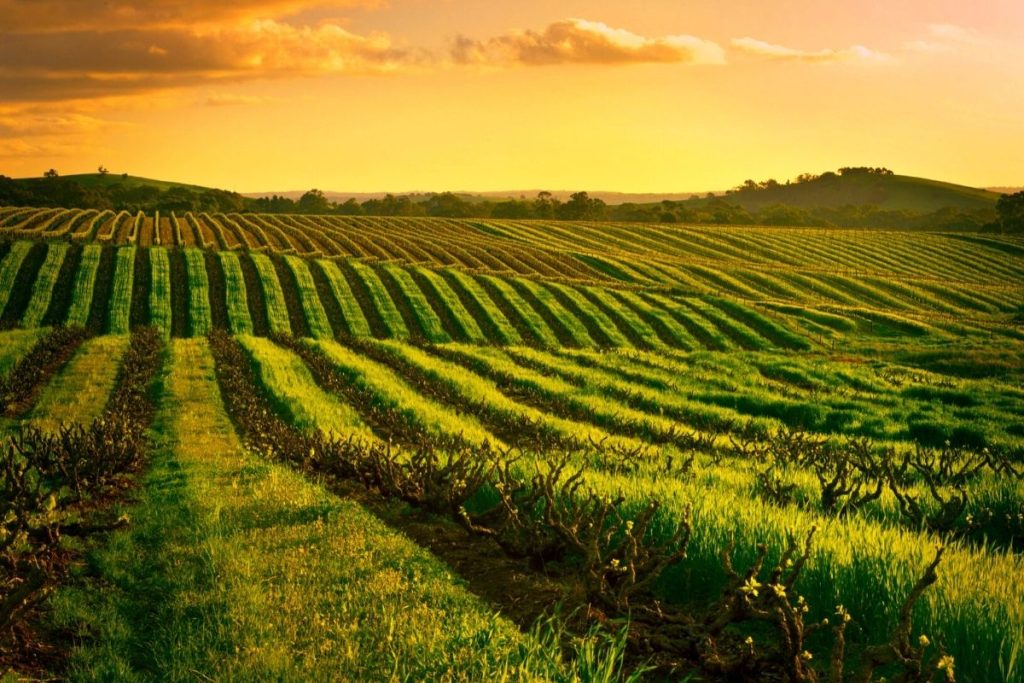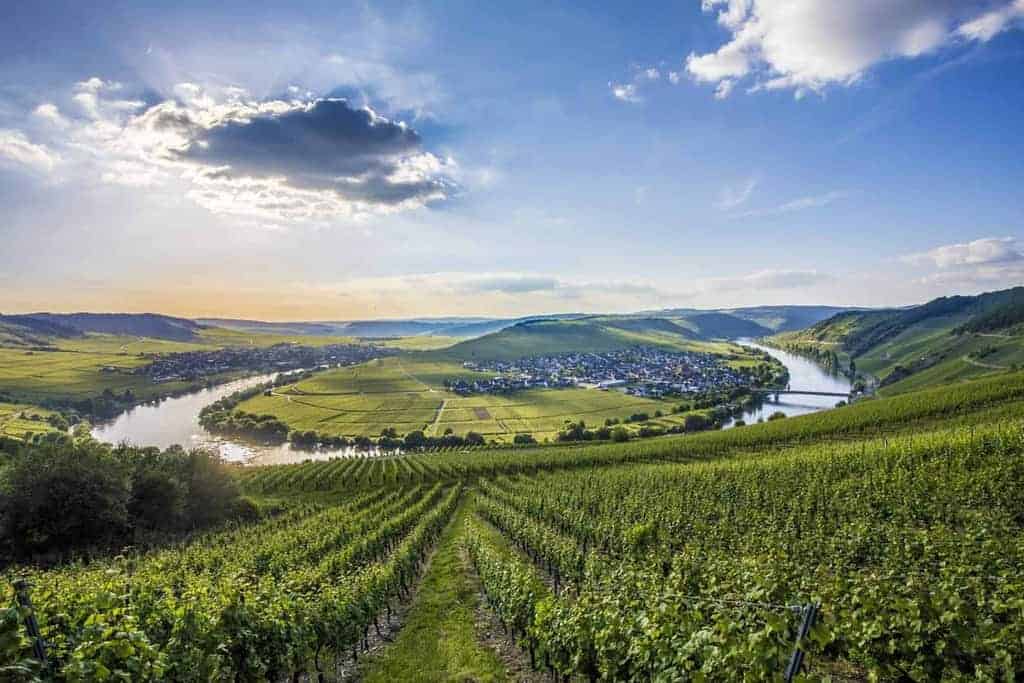Wine is produced in almost every country worldwide. These countries are frequently referred to as the “Old World” or the “New World.” The “Old World” refers to wine-producing regions with long histories, such as Europe and parts of the Mediterranean. France, Italy, and Germany are some of the most well-known “Old World” wine regions, and these regions place a strong emphasis on terroir—the unique characteristics of the soil and climate that give their wine a sense of place. The term “New World” refers to newer wine-producing regions, such as the United States, Australia, and Chile. These regions have hotter climates and generally use different labeling methods; for example, grapes rather than regions are used on labels for identification.
Here are popular countries and regions that produce the best wines worldwide. It’s useful to be familiar with some of the major wine regions, countries and the grapes they’re best known for.

France, home to Bordeaux, Burgundy, and Champagne, is arguably the most important wine-producing country in the world. For centuries, it has produced more wine – allegedly of higher quality – than any other country.
The enduring appeal of French wine is not so much its volume or prestige as it is the variety of styles available. French vineyards have produced wines to match each of these descriptors: red, white, rosé, sweet, dry, sparkling, opulent, austere, mineral-scented, and fruity.

Italy, the birthplace of Chianti, Barolo, Prosecco, Valpolicella, Soave, Orvieto, and Etna, has a long and varied wine history dating back over four thousand years. Famous for its diversity of grape varieties and wine styles, from the misty, lush rolling hills of the north to the sun-drenched hills of Tuscany, Umbria, the Marche, and Abruzzo, to the southern lands of Puglia, Calabria, and Basilicata, while not forgetting the islands of Sicily and Sardinia.

The United States has produced wine for approximately 400 years, but only in the last 40 years has American wine gained international acclaim. The United States is now the world’s fourth-largest wine-producing nation (after France, Italy, and Spain), producing approximately 18.5 million hectoliters per year. The reputation of the United States as a wine producer is primarily based on the global fame of Napa and Sonoma.

Spain is a country with breathtaking landscapes, a colorful history, and complex culture in which wine has long played an important role. Grape vines have been grown on the Spanish Iberian Peninsula since at least 3000 B.C., making it a country rich in viticultural history. Winemaking did not begin in earnest here until 1000 B.C., thanks to Phoenician traders from the eastern Mediterranean. Today, the country has more vines than any other country on the planet and produces more wine than only France and Italy.

Australia is a major wine-producing country in terms of both quality and scale. It produced 10.6 million hectolitres of wine in 2020, with a roughly 60:40 split between red and white grape varieties. Many of its brands are well-known on a global scale. The most popular Australian wine is Penfolds Grange Bin 95, a Shiraz with a hint of Cabernet Sauvignon.

Portugal has undergone something of a wine revolution in the past couple of decades, updating its winemaking technologies, styles, and attitudes. Aside from the well-known (and world-famous) fortified wines of Port and Madeira, Portugal produces a variety of still red and white wines of varying renown and style, ranging from the dry, refreshing whites of Vinho Verde to the sparkling wines of Óbidos and the warm reds of the Douro and Dão.

The German wine industry is best known for producing world-class Riesling along the Rhein and its tributary, the Mosel. White wines from the best sites and most reputable producers are widely regarded as among the best in the world.
German winemakers are demonstrating convincingly that they can make great wine from other varieties, thanks in part to climate change. In 2017, the country had approximately 102,000 hectares (252,000 acres) of vineyards. Germany was ranked 14th in the world as a result.

Chile is one of the most important wine-producing countries in South America. It occupies a narrow strip of land along the continent’s western coast and is home to a diverse range of terroirs and wine styles. Chile’s viticultural industry is often associated with consistent, good-value wines in export markets, but some world-class reds are also produced commanding high prices.

Argentina is the largest wine producer in South America and one of the most important wine-producing countries in the New World. The eastern Andes mountains’ high-altitude deserts have given rise to the high-quality wine industry. Indeed, Argentina’s adopted grape variety, the ubiquitous Malbec, which is now responsible for some of Argentina’s most famous wines, is well suited to the terroir here.
Mendoza is without a doubt the country’s largest and most well-known wine region, producing great wines to critical acclaim on a regular basis.

New Zealand is a remote Pacific Ocean island nation located two thousand kilometers (1,300 miles) southeast of Australia. New Zealand has ten major wine-growing regions spread across the North and South Islands, the most important of which is Marlborough.
Best known for its aromatic Sauvignon Blancs with aromas ranging from passion fruit to gooseberries and grass is a small wine-producing country that also produces a variety of critically acclaimed cool-climate wines, ranging from Pinot Noir and Chardonnay to Bordeaux blends and Syrah.



